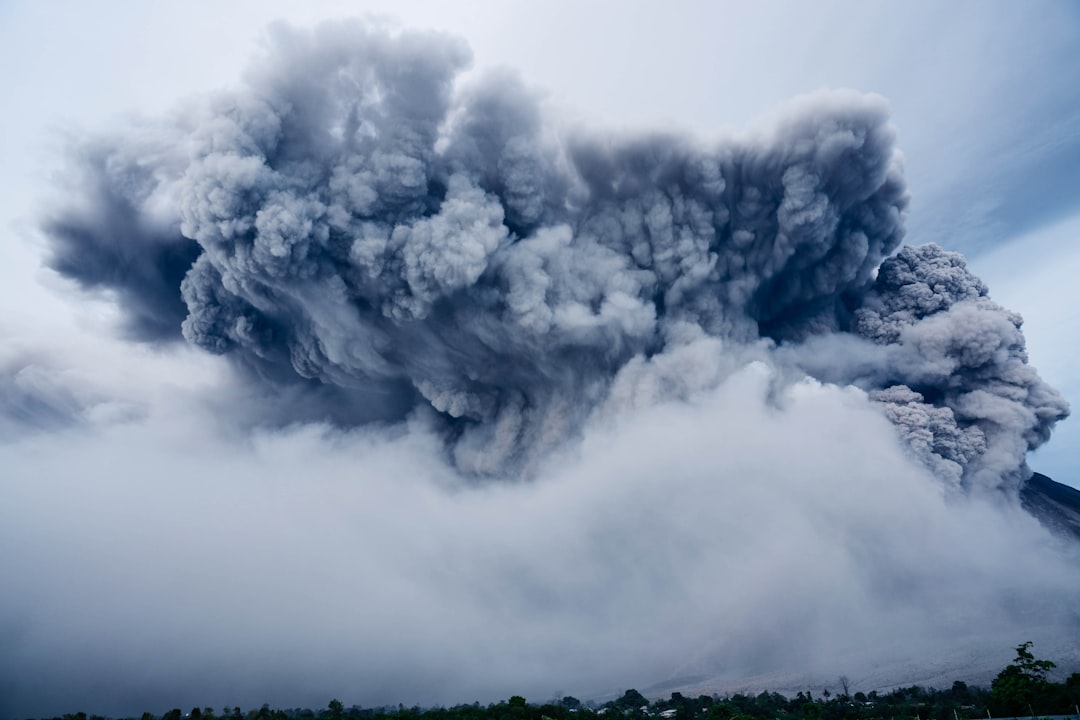What is it about?
Liquid extraction surface analysis (LESA) is an automated way to extract a sample from a surface using a solvent. On many surfaces, the solvents spreads in random directions once dispensed. As a consequences, the amount of solvent recovered will vary between extractions. This will cause a lot of unwanted variation in the data and makes interpretation of the results difficult. With the use of a special surface, the sample and the extraction solvent can be trapped in a defined area. These surfaces contain a vast number of these specially modified spot and can therefore be used analysing large number of samples in one go. We found that we could reduce the variation of the surface extraction when compared to a standard used surface like glass. Also, with this reduced variation, the interpretation of the data is easier and more relevant information can be obtained
Featured Image
Why is it important?
Unwanted variation in a data set makes the interpretation of the results difficult or even no sense can be made out of the data. Time and money are wasted when this happens. In LESA, the uncontrolled spread of the solvent on the surface causes a lot of variation in the data. With the use of these special surfaces, we can guarantee that the extraction is reproducible and high quality data can be obtained
Perspectives
This was a great collaboration to give a surface developed for other purposes an additional application. The most satisfying is to see that reproducible droplet can be formed on a surface, which gives us the opportunity to generate great results for future publications with this robotic system
Mr Joris Meurs
University of Nottingham
Read the Original
This page is a summary of: Improved Extraction Repeatability and Spectral Reproducibility for Liquid Extraction Surface Analysis–Mass Spectrometry Using Superhydrophobic–Superhydrophilic Patterning, Analytical Chemistry, April 2018, American Chemical Society (ACS),
DOI: 10.1021/acs.analchem.8b00973.
You can read the full text:
Resources
Contributors
The following have contributed to this page










